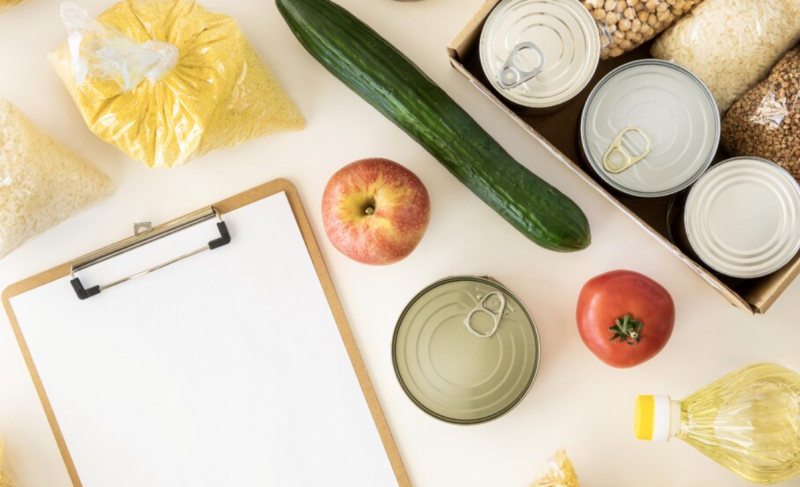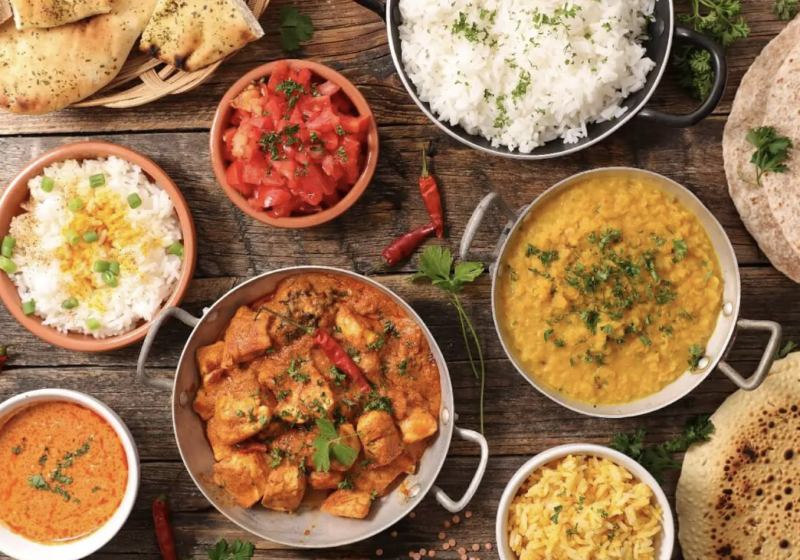As 2026 begins, Indian consumers are more conscious than ever of what goes into their food. Clean-label products—defined by simple ingredients, transparent sourcing, and minimal processing—are no longer niche; they are shaping mainstream purchase decisions. This trend is part of a larger sustainability narrative that is redefining how Indians perceive quality and trust in the food sector.
Across metropolitan India, grocery shopping has turned into a label-reading exercise. Consumers are increasingly avoiding additives, artificial colours, preservatives, and flavour enhancers. Parents, especially young urban families, are driving substantial demand for clean-label snacks, cereals, spreads, and beverages. Meanwhile, environmentally aware consumers are prioritising brands that highlight sustainable farming practices, eco-friendly packaging, and ethical sourcing.
This shift is also influenced by geopolitical and climate concerns. Supply-chain disruptions in recent years alerted consumers to the fragility of global food systems. As a result, locally sourced, sustainably grown ingredients are gaining stronger emotional value. Furthermore, India’s rising middle class is connecting sustainability not just with global responsibility but also with personal well-being.
Packaged food companies are responding quickly. Several brands have reformulated products to reduce artificial ingredients, while others are launching entirely new clean-label lines. Millet-based snacks, natural sweeteners, cold-pressed oils, organic staples, and preservative-free beverages are becoming central to supermarket shelves.
Restaurants are also adapting, promoting seasonal menus, zero-waste kitchens, and ingredient transparency. The farm-to-table movement is gaining visibility across cities, with diners showing greater willingness to pay for experiences that align health, environment, and authenticity.
For brands, the clean-label trend offers an enormous opportunity—if approached truthfully. Consumers now demand clarity, not marketing jargon. The winning strategy in 2026 is simple: show what’s inside, show where it comes from, and show why it’s better. This transparency is no longer optional; it’s the foundation of trust.


